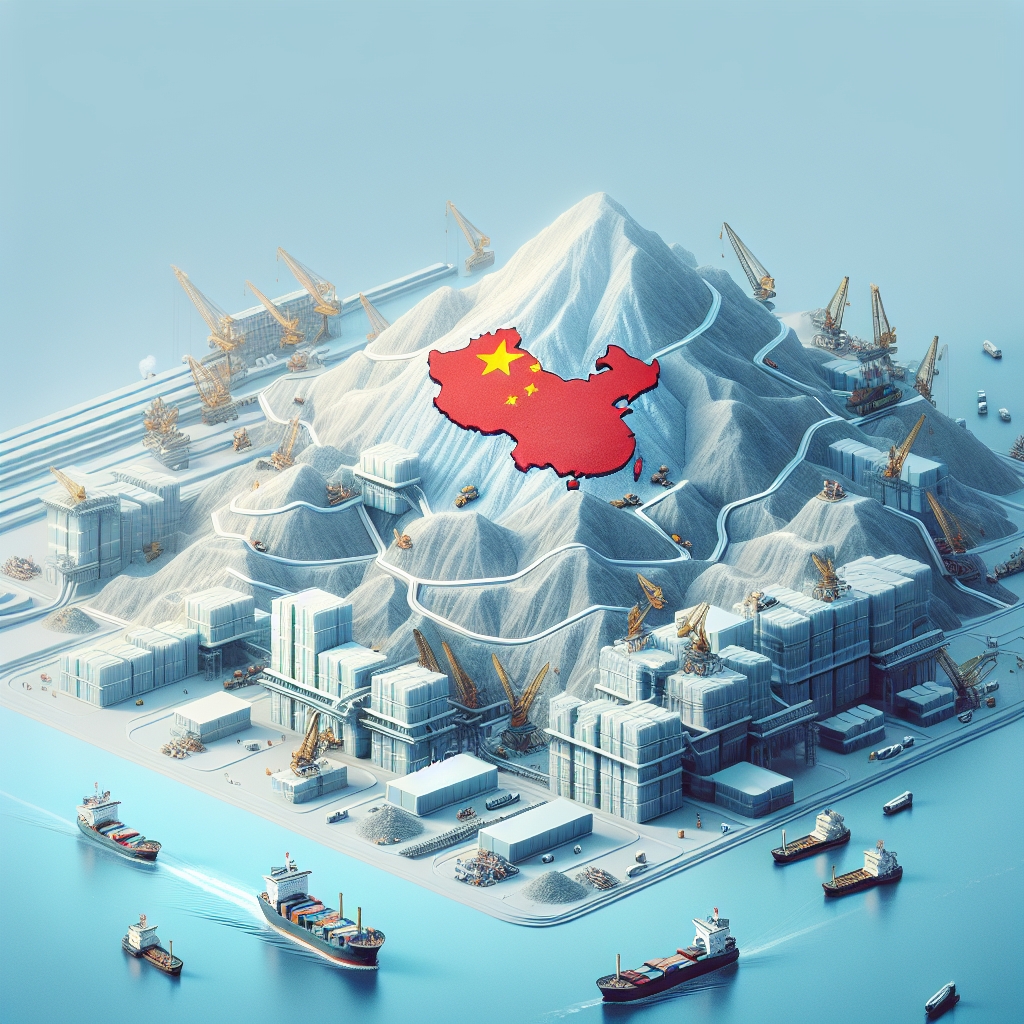The global market for rare earth minerals is a critical component of modern technology, from smartphones and electric vehicles to defense systems and renewable energy technologies. At the heart of this market lies China’s dominance, a position that has significant implications for global supply chains, technological innovation, and geopolitical dynamics. This article explores the factors behind China’s leading role in the rare earth mineral sector, the challenges and opportunities it presents, and the potential paths forward for reducing global dependency on a single nation’s resources.
The Foundation of China’s Dominance
China’s ascendancy in the rare earth mineral market is not a result of happenstance but a culmination of decades of strategic planning, investment, and development. Rare earth minerals, despite their name, are relatively abundant in the Earth’s crust. However, their extraction and refinement are complex, environmentally hazardous, and costly. China recognized early on the strategic importance of these materials and embarked on a path to secure its dominance through several key strategies.
- Investment in Mining and Processing: China has heavily invested in the necessary infrastructure to mine and process rare earth minerals. This includes the development of large-scale mining operations and the establishment of advanced processing facilities capable of producing high-purity rare earth elements.
- Regulatory Environment: The Chinese government has created a regulatory environment that supports the growth of the rare earth industry. This includes subsidies for rare earth producers, export quotas, and regulations that have, at times, limited the global supply, increasing prices and profitability for Chinese companies.
- Global Trade Dynamics: By strategically managing its export quotas and leveraging its dominant market position, China has been able to influence global prices and supply chains, making it challenging for other countries to compete in the rare earth market.
- Research and Development: China has also focused on research and development to improve the efficiency of rare earth extraction and processing techniques. This has led to advancements that have further solidified its market leadership.
These strategies have enabled China to control approximately 70-80% of the global supply of rare earth minerals, a dominance that has significant implications for global technology and defense industries.
Global Implications and Responses
China’s control over the rare earth market has raised concerns among other nations, particularly those with significant technological and defense industries. The potential for supply disruptions, whether due to political disputes, trade wars, or other factors, poses a risk to global supply chains and technological innovation. In response, countries and companies are exploring various strategies to mitigate these risks.
- Diversification of Supply: One of the primary strategies is to diversify the supply of rare earth minerals. This includes developing mining and processing capabilities in other countries, such as the United States, Australia, and Canada. While these efforts are underway, they face challenges due to environmental concerns, regulatory hurdles, and the high costs associated with establishing competitive mining and processing operations.
- Recycling and Alternative Materials: Another approach is to increase the recycling of rare earth elements from used products and to invest in research to find alternative materials that can perform the same functions as rare earth minerals. While promising, these efforts are still in the early stages and are not yet able to significantly reduce dependency on mined rare earths.
- Diplomatic and Trade Negotiations: Countries are also engaging in diplomatic and trade negotiations to secure stable supplies of rare earth minerals. This includes bilateral agreements and efforts to challenge China’s trade practices in international forums.
In addition to these strategies, there is a growing recognition of the need for international cooperation to address the challenges posed by the rare earth mineral market. This includes sharing technology and best practices for mining and processing, as well as collaborating on research into alternatives and recycling technologies.
Looking Forward
Reducing the world’s dependency on China for rare earth minerals is a complex challenge that will require time, investment, and international cooperation. While the risks associated with China’s dominance are significant, they also offer an opportunity for countries and companies to innovate and collaborate in ways that could lead to more sustainable and secure supply chains. As the demand for rare earth minerals continues to grow, driven by the expansion of technologies such as electric vehicles and renewable energy, the importance of addressing this challenge will only increase. The path forward will likely involve a combination of diversifying supply sources, advancing recycling and alternative materials, and enhancing international cooperation to ensure a stable and sustainable market for these critical materials.

